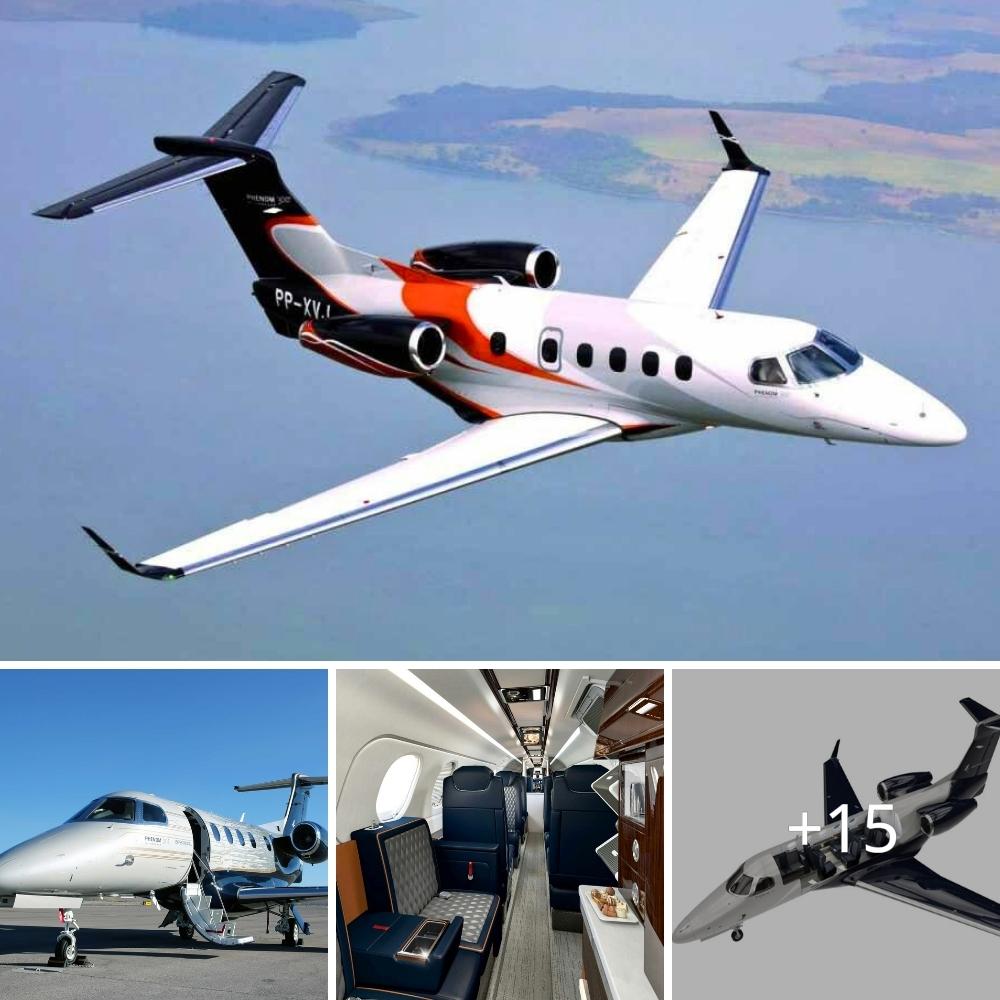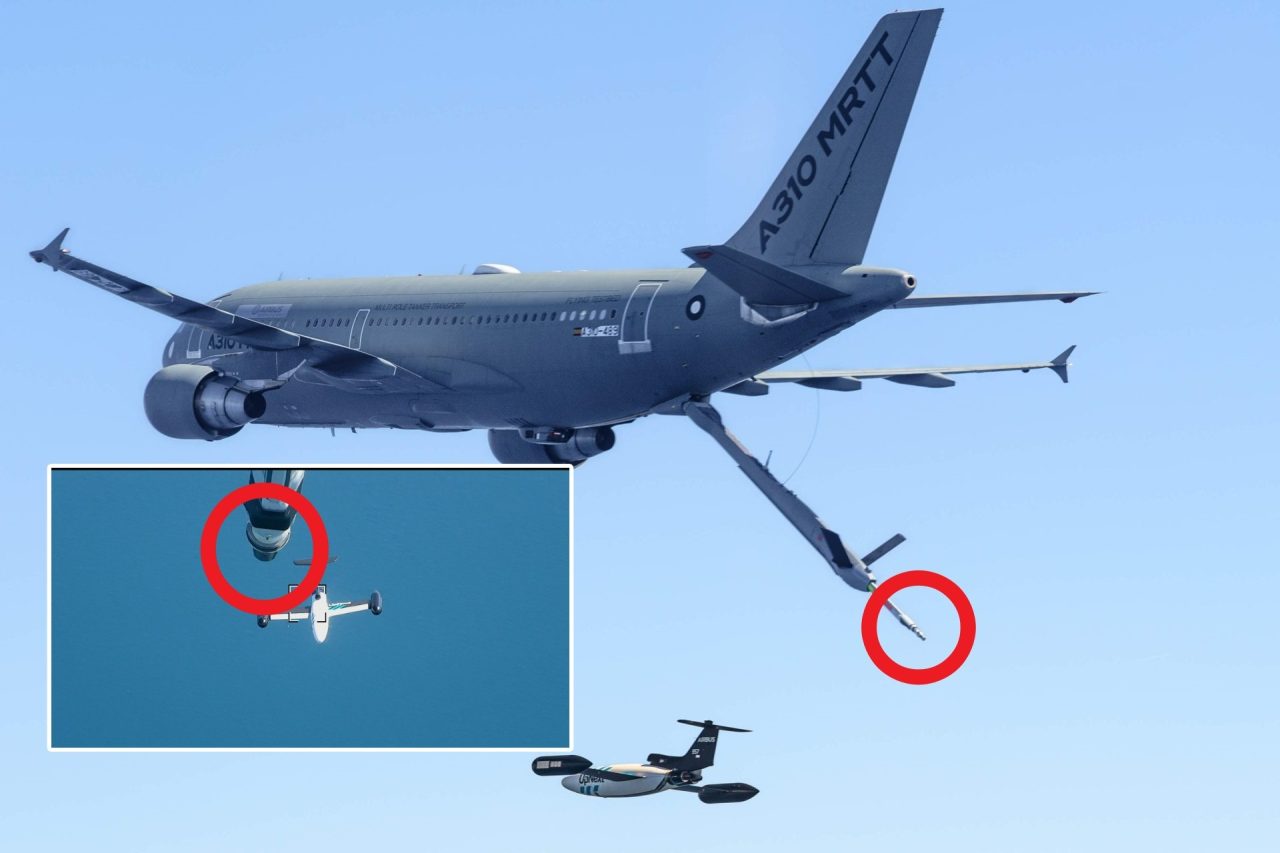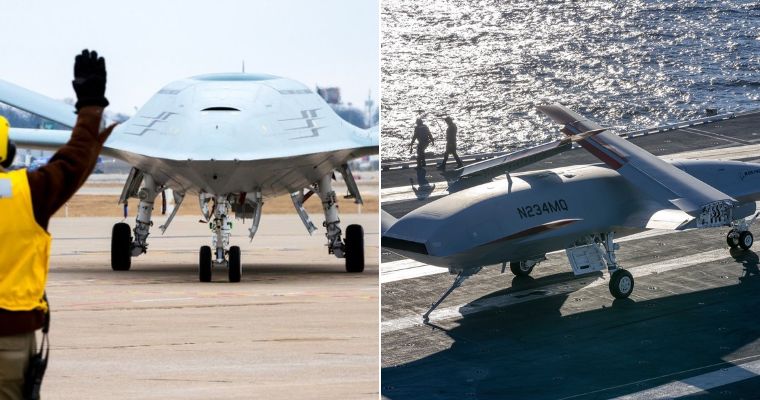
For a country with a population of just over 10 million people, it’s impressive that Sweden can maintain one of the best fighter aircraft programs.
An aircraft’s effectiveness is no longer determined mainly by how fast it can fly. Now it’s about how instant AI can interpret information and present the data for pilots to act upon in battle.
Unlike US or Russian fighters, Swedish Gripen can’t carry the most weapons, has no real stealth. To be clear, it isn’t the longest-range, the fastest, or even the cheapest jet. Nevertheless,
Sweden has chosen another niche to compete. The country’s focus is to develop a fighter jet with the most advanced electronics to become a nightmare for its closest adversary – Russia.

Why Can’t Sweden Sell Its Fighter Jets?
When it comes to flaunting its defense industry, Stockholm is shy—and it’s hurting Swedish companies and handing lucrative contracts to competitors.

In December, French President Emmanuel Macron visited the United Arab Emirates. He left with a $19 billion order for French Dassault Rafale fighter aircraft. You wouldn’t see Swedish Prime Minister Magdalena Andersson performing energetic sales pitches for Sweden’s equally fine Gripen jets the way Macron does for French military equipment—or the way most leaders of other countries with defense industries do for their local companies.
Since the end of the Cold War, the Swedish government has mostly been putting defense exports in the hands of the globalized market. But with other countries’ leaders pitching their companies to governments now investing more in defense, it’s a flawed strategy. Oddly, Swedish governments of different stripes have put their faith in an invisible hand that simply does not exist when it comes to defense equipment.
Last September, the United States, the United Kingdom, and Australia unveiled their so-called AUKUS agreement, which will see Australia build nuclear-powered submarines aided by British and American technology. That, in turn, meant that Australia relinquished an agreement with the French company Naval Group for diesel-powered submarines. Apoplectic anger ensued from Paris, with allegations that friends had stabbed France in the back.
A few years earlier, Sweden’s Gripen suffered a similar setback. In 2012, Switzerland was getting ready to buy new fighter jets, and having investigated its options, the government—backed by the armed forces—opted for the Gripen over other top contenders, France’s Dassault Rafale and the Eurofighter Typhoon.
The Gripen offered the best value, Bern concluded. But no sooner had the Swiss government announced its decision than a mysterious assessment of the Gripen began circulating in the local media. The report, allegedly approved by Swiss Air Force chief Lt. Gen. Markus Gygax—though the report gave him the title “Three star General M. Gygax”—concluded that the Dassault Rafale would in fact be the best choice for Switzerland. Gygax, though, had supported buying the Gripen. When the report began circulating, Swiss Defense Minister Ueli Maurer remained firm: “What’s good enough for Sweden is good enough for us,” he declared. Indeed, the two countries—and other moderately sized nations—share the need for a versatile fighter that doesn’t break the bank.
But the damage had already been done. The report caused an alliance of peace activists and Gripen opponents to get the momentum going for a referendum, in which 53.4 percent of people voted against the Gripen. Last year, the Swiss government finally decided on a new course of action. It opted for the F-35 over the Dassault Rafale, Eurofighter Typhoon, and Boeing’s F/A-18 Super Hornet—hardly the outcome the Gripen referendum’s supporters had in mind. In all this, Stockholm was barely to be seen. No public outbursts, no mentions of stabs in the back, no Macron-style engagement with Swiss politicians.
Indeed, in recent years, successive Swedish governments have taken a remarkably laissez-faire approach to defense exports. “When Sweden privatized its defense companies a few years after the end of the Cold War, the defense minister who saw most of it through, Bjorn von Sydow, did so based on the idea that the government would support the companies through relationship-building with other governments,” noted Robert Limmergard, director-general of the Swedish Security and Defense Industry Association, known as SOFF. “But after a while, that idea petered out. People believed in globalization.”
Indeed, post-Cold War Swedish governments of different ideologies have shared a seemingly unshakable belief in the power of international markets to let the best bidder win. Because Swedish defense equipment is considered top notch, the thinking went, Swedish companies would be able to battle for contracts with foreign governments pretty much on their own steam. Defense equipment “is clearly an area where Sweden fights above its weight,” Pal Jonson, chairman of the Swedish parliament’s defense committee and defense spokesperson for the Moderate Party, the largest opposition party, told FP. “But you can’t fight with one arm tied behind your back. There needs to be strong political support for defense exports to show that sales are not merely arms deals but a partnership between two countries that is based on trust and security of supply, including in case of a crisis or war.”
A Swedish Air Force JAS 39 Gripen-E jet fighter flies over Gotland island in the Baltic Sea on May 11.A Swedish Air Force JAS 39 Gripen-E jet fighter flies over Gotland island in the Baltic Sea on May 11.
Source: foreignpolicy.com








